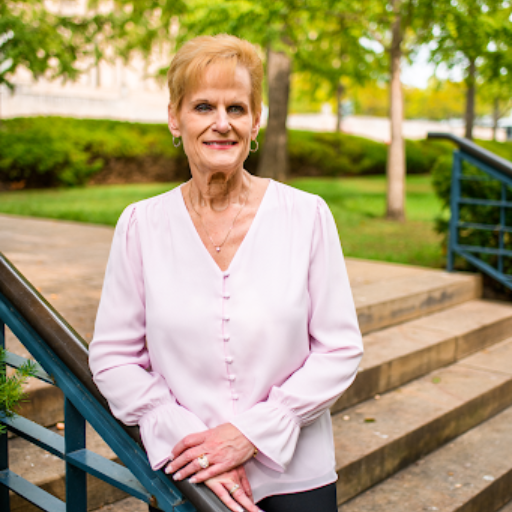
Three Must-Know Key Power Drivers Behind Laity Engagement and Commitment
One of the most common struggles heard from church leaders post-Covid is the lack of laity engagement and commitment. Leaders report laity not returning to the church at all, returning but not volunteering, volunteering but not desiring to lead, or not engaging at the same level as they did pre-pandemic. While there are a variety of personal reasons that can cause these changes, some reasons can be overcome by what is happening inside the church.
We have all heard it by now – the pandemic didn’t cause most of the woes the church is experiencing. It only exacerbated what was already occurring. Some would say it catapulted the church into the future by a decade or more. Or maybe another lens to place on the circumstances would be that the pandemic forced many churches to face their reality that they otherwise had been ignoring or at least delaying facing.
There are at least three key drivers that promote laity engagement and commitment that leaders must know and understand if they are to have an effective and impactful laity-driven ministry.
Laity-Centered
A vital and healthy congregation is one that is laity-centered rather than pastor-centered or staff-centered. When laity are given authority and encouragement to engage in ministry or even lead ministry, they are much more likely to do so. On the flip side, when a pastor or paid staff member has to be involved or give permission in every aspect of ministry, it cripples the ministry and retards the maturation of disciples. Laity are left with the impression that it requires a seminary degree or specialized training to do ministry and therefore leave the ministry up to the professionals. They become spectators rather than participants in ministry as Jesus intended. A key power driver to laity being engaged and committed is to have a laity-centered church culture where clergy and staff are equippers and encouragers.
Mission and Vision Driven
Laity don’t want to waste their time coming to meetings that don’t matter or create some sort of action, impact, or next steps. We all know not a single new person has ever become a follower of Jesus in a church meeting! However, laity are more engaged when they understand the purpose (mission) of the church (the Great Commission – to make disciple-making disciples who transform the world) and the church’s vision (God’s preferred future for the church for the unique way they make disciples in this given season in their current context). Mission keeps everyone grounded and prioritizes making decisions that align with purpose. The vision provides energy, excitement, momentum, focus, increases generosity, and legitimizes leadership. Without the church having a clear and compelling vision, laity often have difficulty connecting what they are doing at the church to making any real difference. There are simply too many choices in today’s culture for people to engage in places and do things where they feel they don’t have an impact. One key power driver for committed and engaged laity is for a church to be mission and vision-driven.
Intentional Equipping and Development
How often do we place laity in areas of ministry to serve where they have no passion or equipping? With the best of intentions, we sell them on taking a position on a committee by promising it won’t take up much of their time or the committee hardly ever meets or doesn’t really do much. Yet, we are then disappointed when committee members have a low engagement or commitment level. Go figure! One of the key power drivers to high engagement and commitment is to have intentional methods to develop disciples and leaders. Staff and ministry team leaders identify, recruit, equip, and deploy disciples for ministry. They don’t do the ministry! The Committee on Nominations has an intentional leadership development pathway and discernment process for nominating leaders (way beyond the normal review of the pictorial directory or membership roster). The church has an intentional discipleship pathway for congregants to engage in to mature in their faith. With intentional equipping and development, laity are empowered, encouraged, equipped, feel more confident, and are ready to engage and committ to ministry.
When these three key power drivers are in effect in a church, laity are much more likely to be engaged and committed. They understand the purpose, see where the church is headed, how the church is impacting the community, where their gifts and talents can be engaged to move the mission and vision along, and are excited and energized to be a part of it and invite their friends, family, and neighbors to journey alongside them. To make the shifts into placing these three key power drivers into action in your church, check out the resources you’ll need to heighten the engagement and commitment of laity in your church:
Leadership Development Process
Launching Leaders: Taking Leadership Development to New Heights
On-Demand Webinar Book Small Group Kit
Accountable Leadership
Equipping the Nominations for a New Day
Vision
Overview of Congregational Visioning
Discipleship Pathway
Three-Part Series on Creating a Discipleship Pathway

